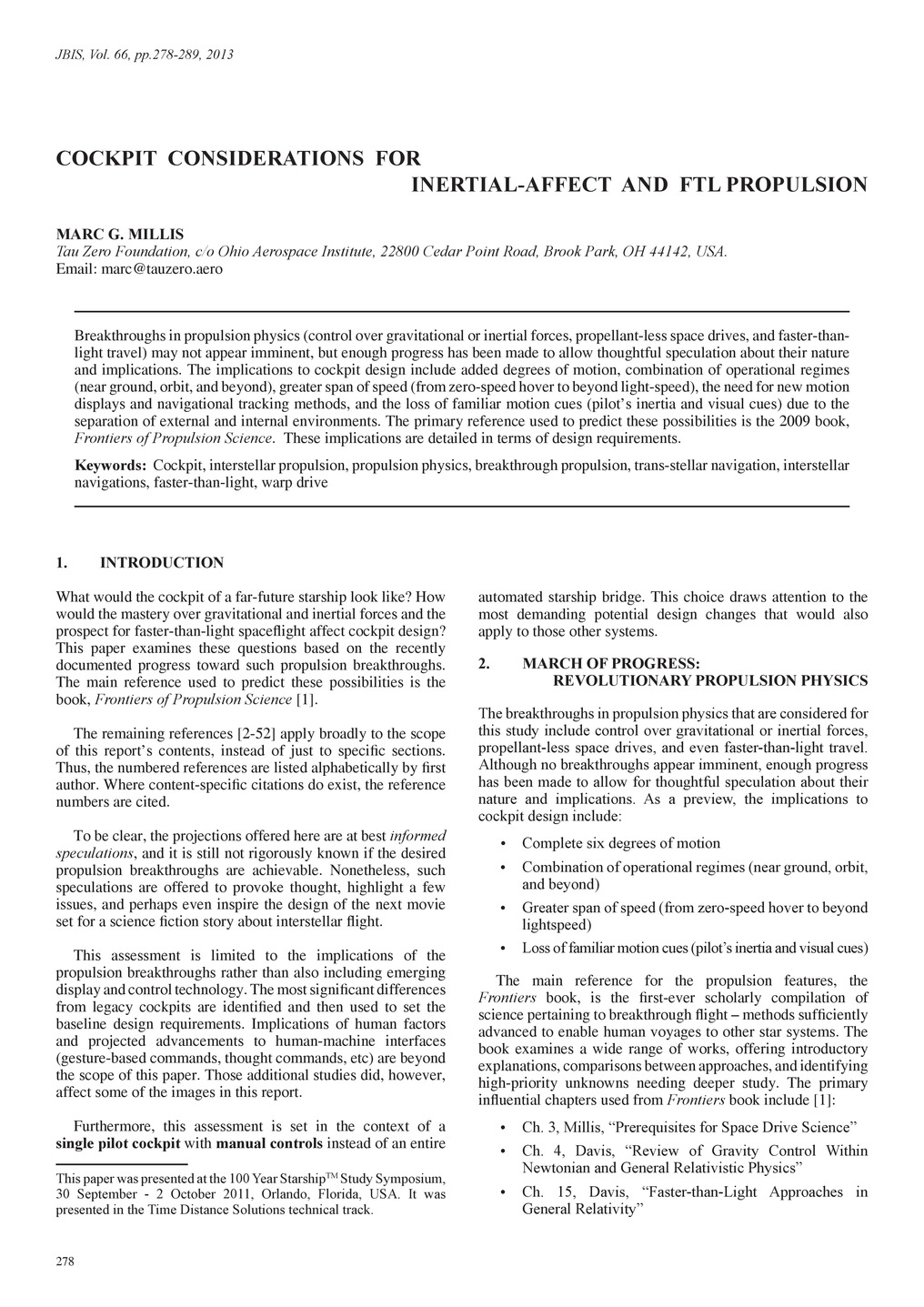Cockpit Considerations for Inertial-Affect and FTL Propulsion
£5.00
M. G. Millis (2013), JBIS, 66, pp.278-289
Refcode: 2013.66.278
Abstract:
Breakthroughs in propulsion physics (control over gravitational or inertial forces, propellant-less space drives, and faster-than light travel) may not appear imminent, but enough progress has been made to allow thoughtful speculation about their nature and implications. The implications to cockpit design include added degrees of motion, combination of operational regimes (near ground, orbit, and beyond), greater span of speed (from zero-speed hover to beyond light-speed), the need for new motion displays and navigational tracking methods, and the loss of familiar motion cues (pilot’s inertia and visual cues) due to the separation of external and internal environments. The primary reference used to predict these possibilities is the 2009 book, Frontiers of Propulsion Science. These implications are detailed in terms of design requirements.
Related products
-
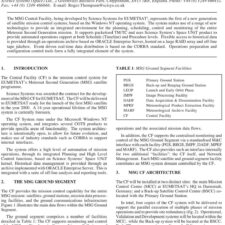
The MSG Central Facility – A Mission Control System for Windows NT
£5.00 Add to basket -
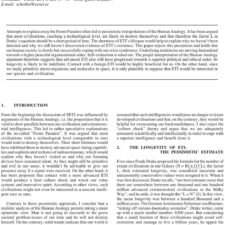
The Nature of ETI, Its Longevity and Likely Interest in Mankind – The Human Analogy Re-Examined
£5.00 Add to basket -
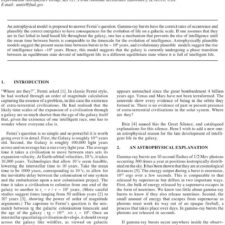
An Astrophysical Explanation for the ‘Great Silence’
£5.00 Add to basket -
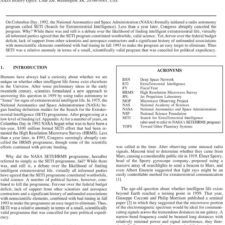
Searching for Good Science – The Cancellation of NASA’s SETI Program
£5.00 Add to basket

